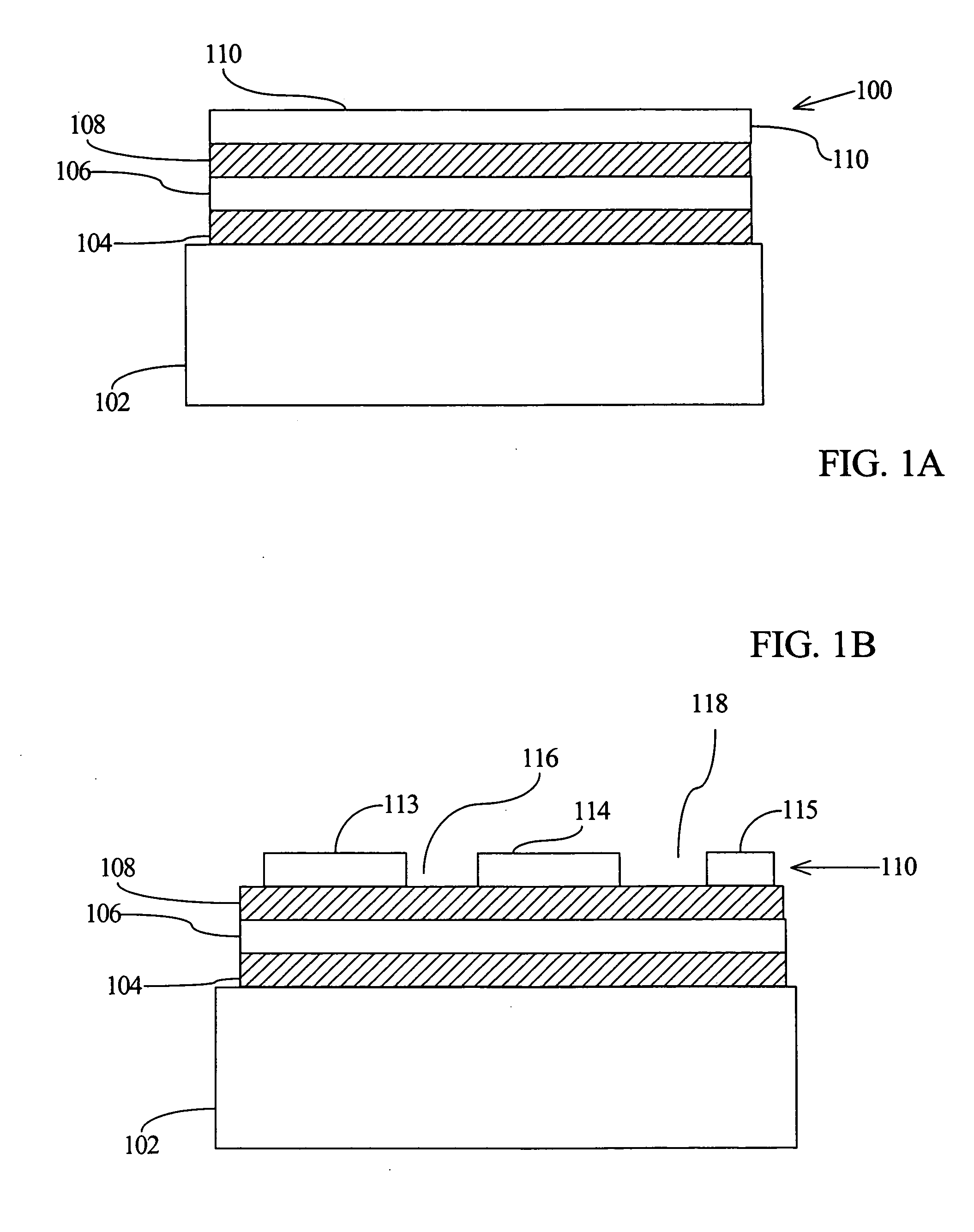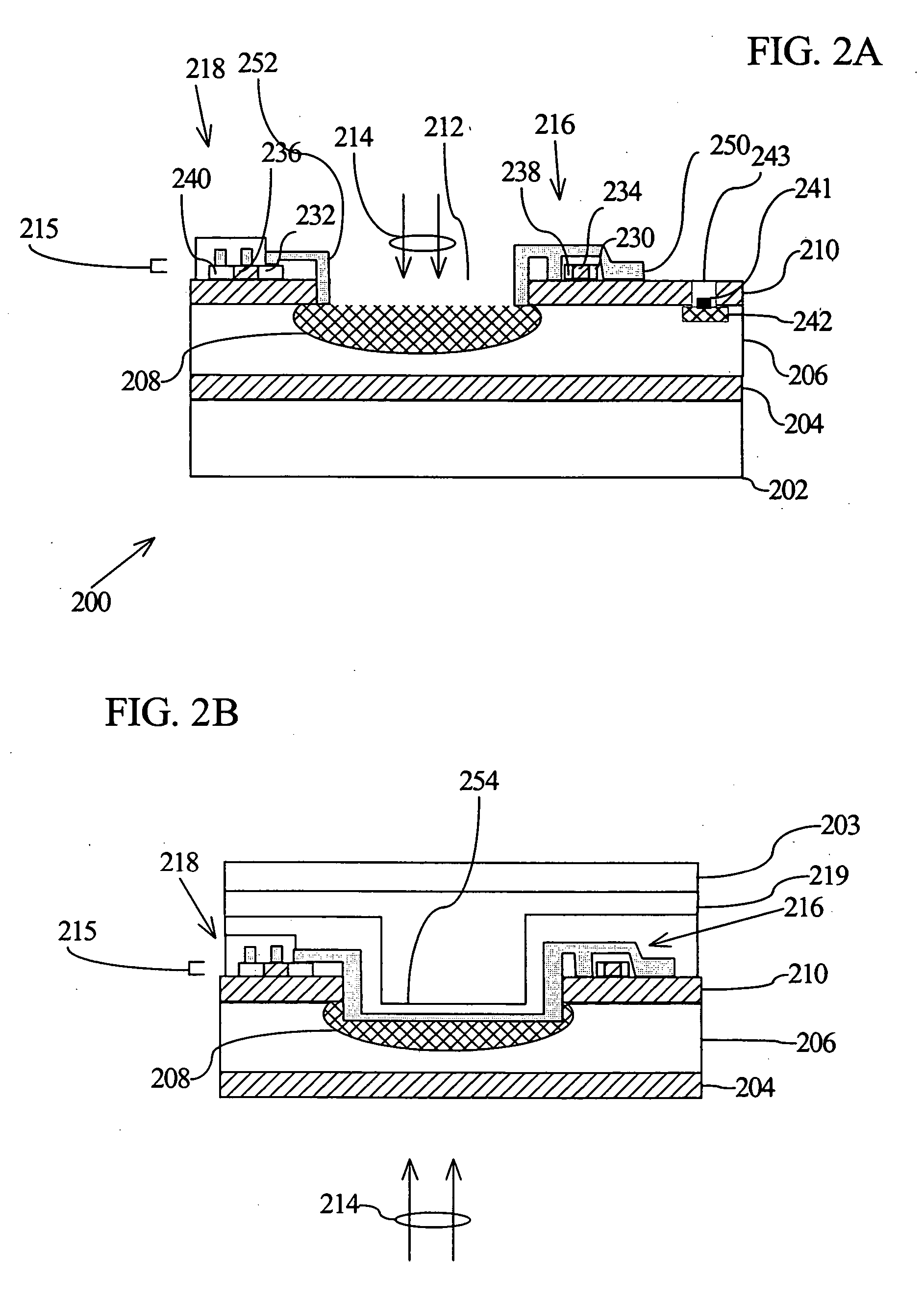Silicon-on-insulator active pixel sensors
a silicon-on-insulator and active pixel technology, applied in the field of semiconductor imaging devices, can solve the problems of scaling that can adversely affect the performance of imagers, requires specialized silicon processing that is incompatible with cmos technology, and requires high voltage clocks, so as to reduce the susceptibility to transient effects, reduce the volume of pixels, and increase radiation hardness
- Summary
- Abstract
- Description
- Claims
- Application Information
AI Technical Summary
Benefits of technology
Problems solved by technology
Method used
Image
Examples
Embodiment Construction
[0053] Disclosed below are representative embodiments of methods, apparatus, and systems associated with optical and charged particle sensors. For convenience, these examples are described in a particular sequential order using specific combinations of features. The disclosed methods, apparatus, and systems should not be construed as limiting in any way. Instead, the present disclosure is directed toward all novel and nonobvious features and aspects of the various disclosed embodiments, alone and in various combinations and subcombinations with one another. Further, the disclosed methods, apparatus, and systems are not limited to any specific aspect, feature, or combinations thereof, nor do the disclosed methods, apparatus, or systems require that any one or more specific advantages be present or problems be solved. Method steps are described in a particular order for convenience only, and other orders can generally be used.
[0054] Sensitive, radiation-tolerant imagers can be fabric...
PUM
 Login to View More
Login to View More Abstract
Description
Claims
Application Information
 Login to View More
Login to View More - R&D
- Intellectual Property
- Life Sciences
- Materials
- Tech Scout
- Unparalleled Data Quality
- Higher Quality Content
- 60% Fewer Hallucinations
Browse by: Latest US Patents, China's latest patents, Technical Efficacy Thesaurus, Application Domain, Technology Topic, Popular Technical Reports.
© 2025 PatSnap. All rights reserved.Legal|Privacy policy|Modern Slavery Act Transparency Statement|Sitemap|About US| Contact US: help@patsnap.com



